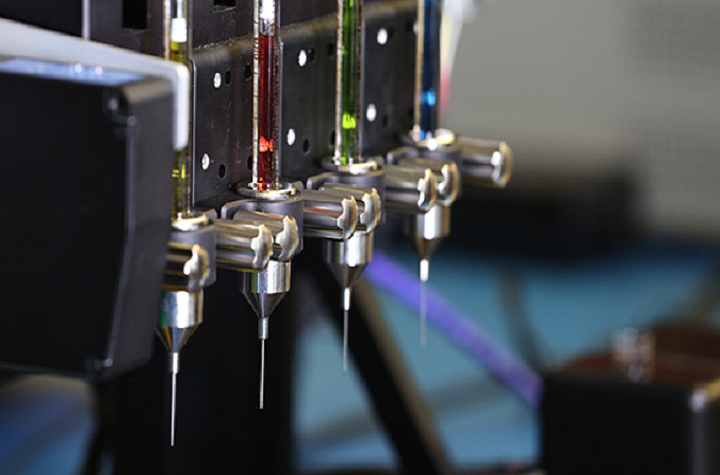The world may need that 3D printed liver soon, as deteriorating liver function is an increasingly serious public health concern. Approximately 100 million adults in the US have what’s called non-alcoholic fatty liver disease (NAFLD), and projections show that up to 20 million more have non-alcoholic steatohepatitis (NASH), which is the second leading cause of liver transplants in the country. Both diseases can lead to cancer and cirrhosis if left untreated, and although the progression of NAFLD and development of therapeutic approaches have been studied for decades, neither one is advancing, due to a lack of systems that are able to mimic the biology of the human liver over a longer period of time.
“We look forward to working with the Organovo team to advance our translational research capabilities and apply them to find new ways to treat NAFLD. Our faculty’s ability to build synergies with our scientific partners makes us uniquely suited for this kind of collaboration,” said Dr. David Brenner, Vice Chancellor of Health Sciences and Dean of the School of Medicine at UC San Diego.
The NIH is the largest public funder in the world of biomedical research – it invests over $32 billion a year in partnerships with top academic centers and commercial organizations to fund innovative treatments and breakthroughs in areas where they are needed the most. Previously, it’s partnered with 3D Systems to advance the integration of 3D printing with healthcare, and also helped to create an online 3D Heart Library.
Dr. Sharon Presnell, Organovo’s Chief Scientific Officer, said, “Traditional preclinical models often fall short in their ability to inform clinical outcomes accurately, largely due to the limited functionality of simple in vitro models and species differences. Our liver tissue has great potential to revolutionize high-value drug profiling and assess the development and progression of complex, multicellular disease processes such as NAFLD.”
By using advanced 3D bioprinted models, researchers and scientists can make a large impact on liver disease research by studying how safe novel therapeutics are in real-world populations, and by facilitating the discovery of new treatment drugs. Organovo’s ExVive Human Liver Tissues offer a multicellular, reproducible tissue model that’s able to retain liver-specific function and metabolic competence over extended periods of time.
“Given the increasing prevalence of fatty liver disease in the U.S. population, advanced 3D liver tissue models that are physiologically relevant and predictive of human liver biology will play a critical role in understanding disease progression and the development of effective treatments,” explained Dr. Presnell. “We are thrilled to collaborate with Dr. David Brenner’s team at UC San Diego given the expertise they bring to this important work, and we are grateful to the NIH for their leadership in supporting critical research.”
As research milestones are able to successfully checked off by Organovo and UC San Diego, payments from the $1.7 million NIH grant will be spread out over a period of three years.
Discuss in the Organovo Grant forum thread at 3DPB.com.
[Source: Organovo]
